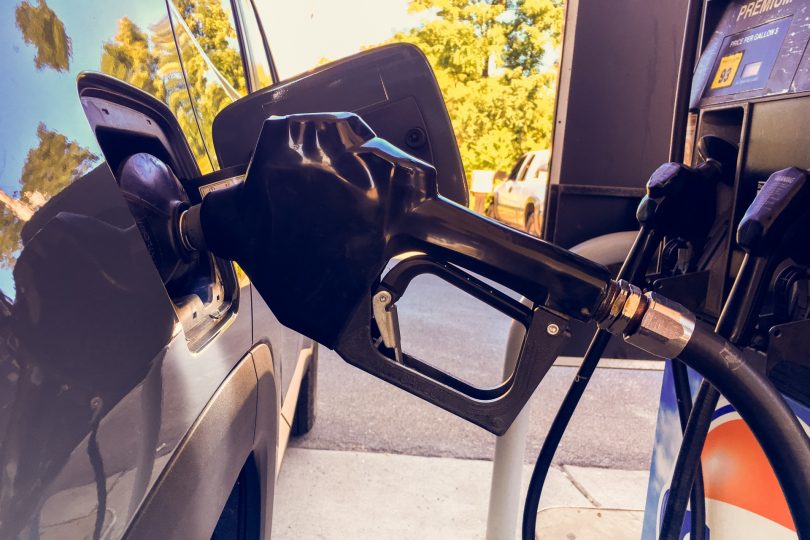Australia could have as little as twenty five days of petrol left if the country was forced to survive an immediate stop on oil imports as the country currently relies heavily on imported petroleum products and with the closure of several Australian oil refineries in recent years, this reliance is greater than ever.
The automotive gasoline supply of only 25 days as of June 2018 is a considerably shorter time than many other nations.
What is a strategic oil reserve?
Many developed nations hold a strategic oil reserve. The United States is home to the largest, currently holding 660 million barrels of oil.
In theory, strategic oil reserves provides oil companies with an emergency repository should normal oil supplies be interrupted. The US’ reserves were dipped into in the aftermath of Hurricanes Ivan, Harvey and Katrina as well as following the closures of small US ports used by US oil companies in 2000 and 2007.
Some reserves are publicly held, in agreements between several oil companies, and others are simply stocks quarantined by individual companies, which are defined as ‘privately-held’.
The International Energy Agency is the key body responsible for reporting and regulation on behalf of the Organisation for Economic Cooperation and Development. Members of the IEA must hold strategic reserves the equivalent of 90 days of usable oil. However as can been seen in the chart above, many countries do not meet that requirement and that Australia is the worst performer with only 29 days of crude oil in an emergency.
Many countries also hold stakes in foreign reserves, giving them access to a larger supply. Australia, for instance, has an agreement with the Netherlands to use 3 million barrels of crude oil. But that would only guarantee the equivalent to 3.8 days of supply at current Australian usage rates.
But how likely is an oil emergency?
More likely than you might think. While Australia imports its refined oil products from Asia, many of those countries source their crude oil from the Middle East. Singapore, for example, is the source of 58% of Australia’s imported petroleum products, like petrol, aviation gas, LPG and engine oil. But Singapore imports up to 40% of its crude oil from the Middle East.
That means any scenario that blocked the supply of Middle Eastern oil, for example through conflicts or maritime accidents, could have serious implications for Australia.







